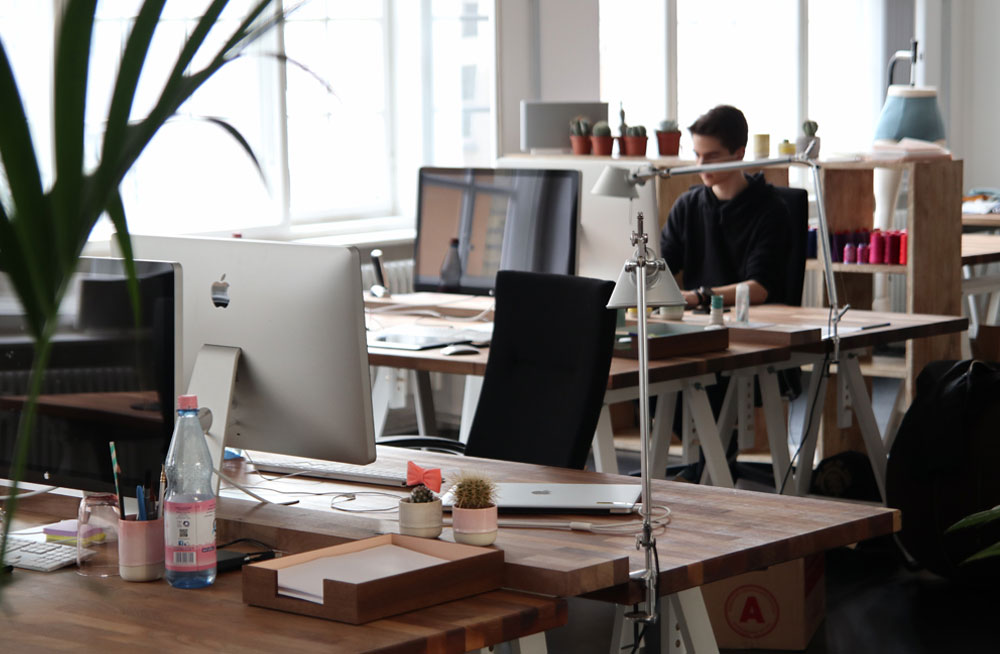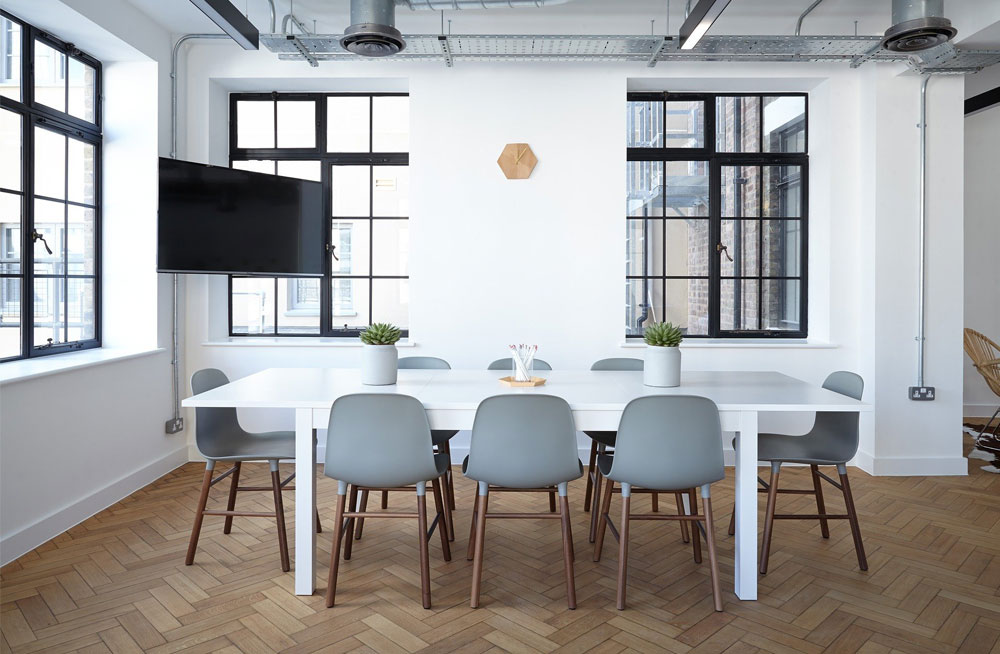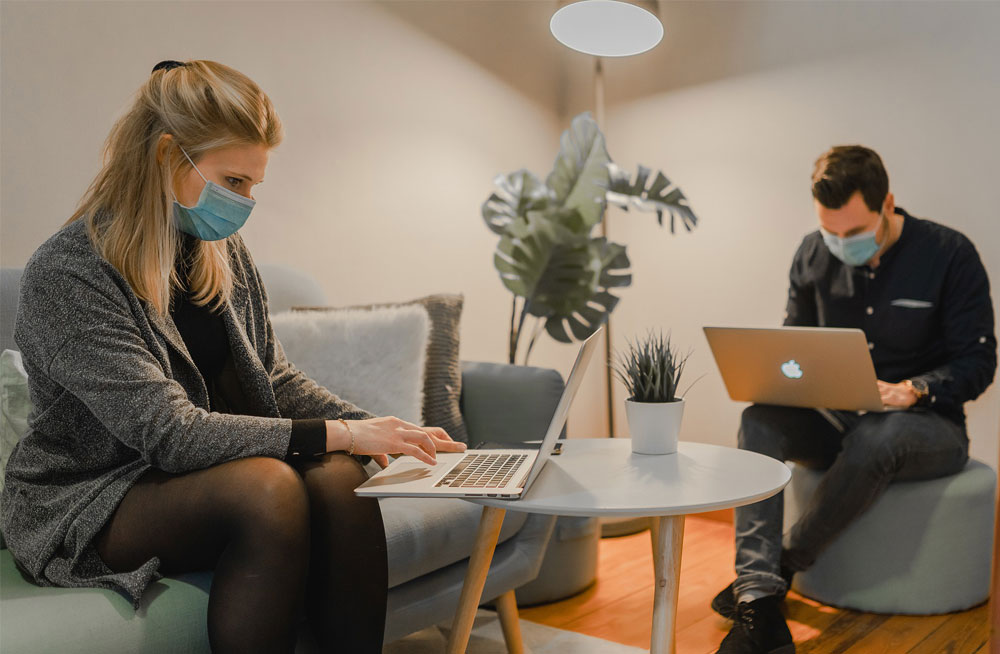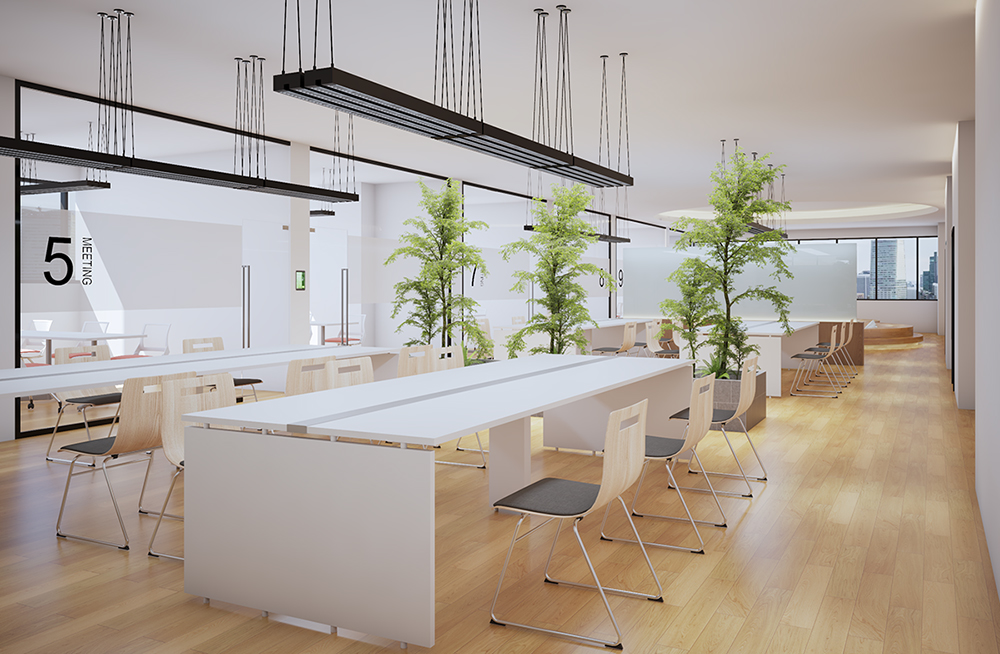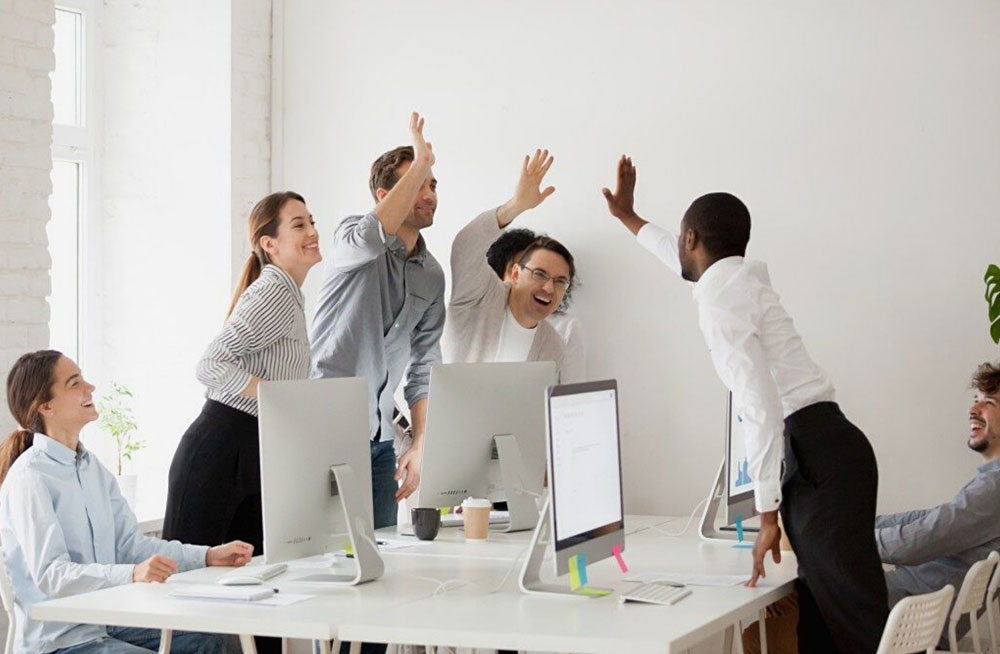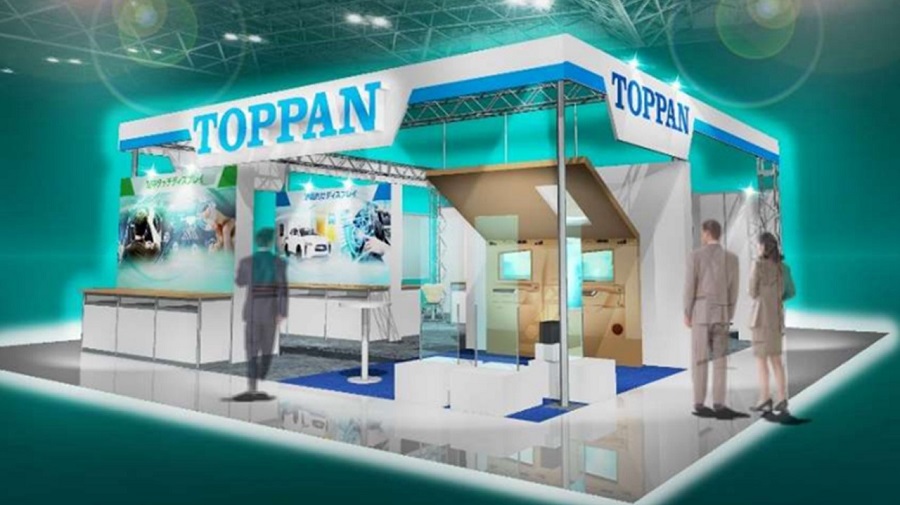Open Space Offices: Tailor-made Workplaces for the Young Generation
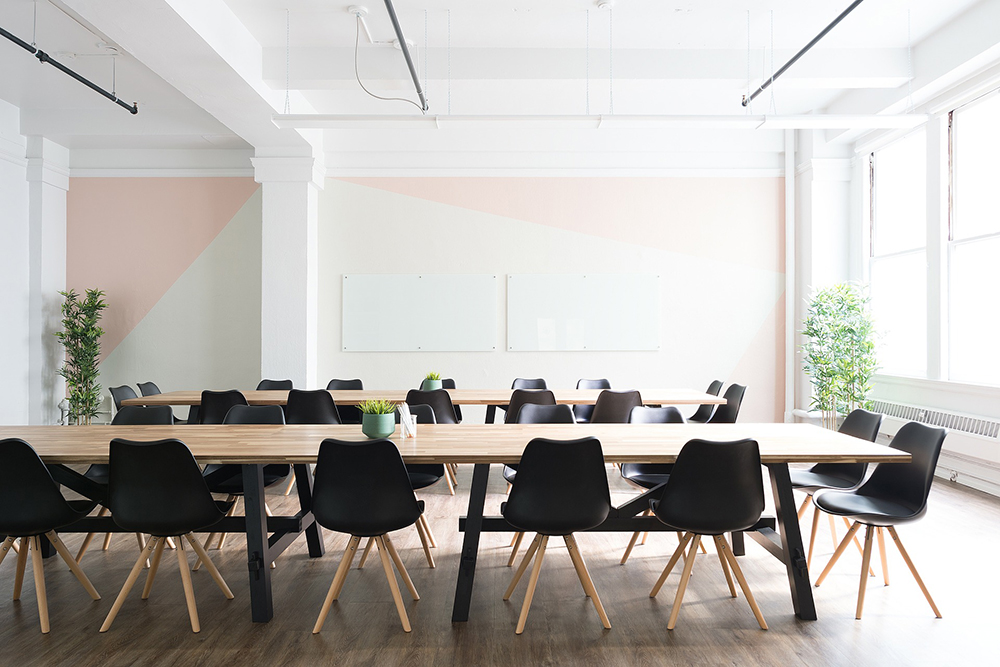
Nowadays, workplaces, both large and small in scale, are increasingly competitive in the race to attract a younger generation of highly-skilled employees. If human resources play a critical role in sourcing talent to create growth for the business, it is the organizations that should invest in a modern workspace to accommodate them. A growing trend in office design is one that makes use of open space, a space that promotes a sense of independence through a tailor-made environment.
What do open space offices look like?
Generally, the idea of open space focuses on utilizing a large communal area, free from room dividers or partitions in the personal workplace of each employee. This approach offers a spacious environment aimed at promoting a strong sense of independence. Features of this concept include work tables designed to resemble a meeting place with notice boards where people can sit together. Furthermore, these open space offices are equipped with communal rest/dining areas to encourage interaction through conversation. The basis of furniture selection focuses on functions such as ease of adjustability and mobility, just some of the benefits of the open space concept.
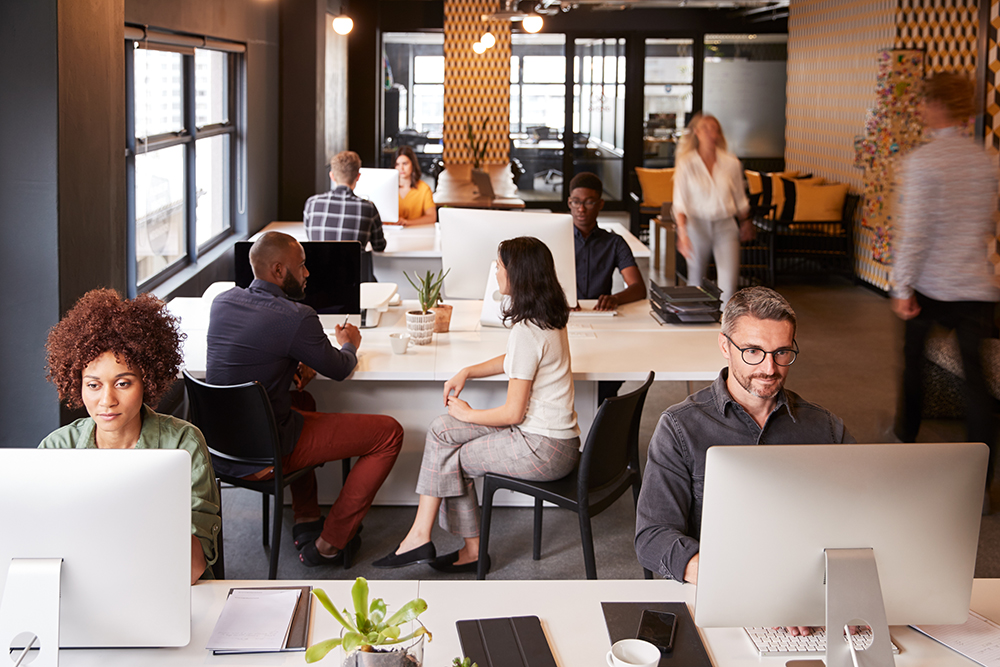
Advantages of an Open Space Workplace
Open spaces create a sense of freedom. Workers are free to utilize office space to suit their specific tasks. This promotes communication through ease of meeting space and consultation among employees, resulting in the exchange of ideas and a feeling of teamwork in organizations. Open space offices aim to promote a more natural, relaxed environment and bring about coordination between employees of all levels, rather than the placement of room dividers or partitions between work tables, typical of traditional offices.
Disadvantages of an Open Space Workplace
Open spaces are not without perceived disadvantages, such as the lack of privacy due to shared space. During working hours, workers may overhear private conversation and view the progress of colleagues adding pressure to the tasks at hand. The use of open space affects the confidentiality of information, as the movement of employees that share equipment poses higher risks of a breach in security. This can be solved with a design that organizes divisions appropriate for departments requiring this confidentiality. Furthermore, research indicates that workplaces designed as interactive open spaces run the risk of transmitting disease at a higher rate than a general workplace.
Today, open space offices attract a young generation of workers not content with traditional norms, influencing office design across the entire business sector. This arrangement of office space is suitable for organizations whose nature of work requires regular brainstorming and promotes a team environment in an independent atmosphere. Despite the fact that not all kinds of work are suitable for office design with open spaces, if your organization values design space to suit specific work formats and the utilization of people in the workplace, this is an effective and modern solution.
